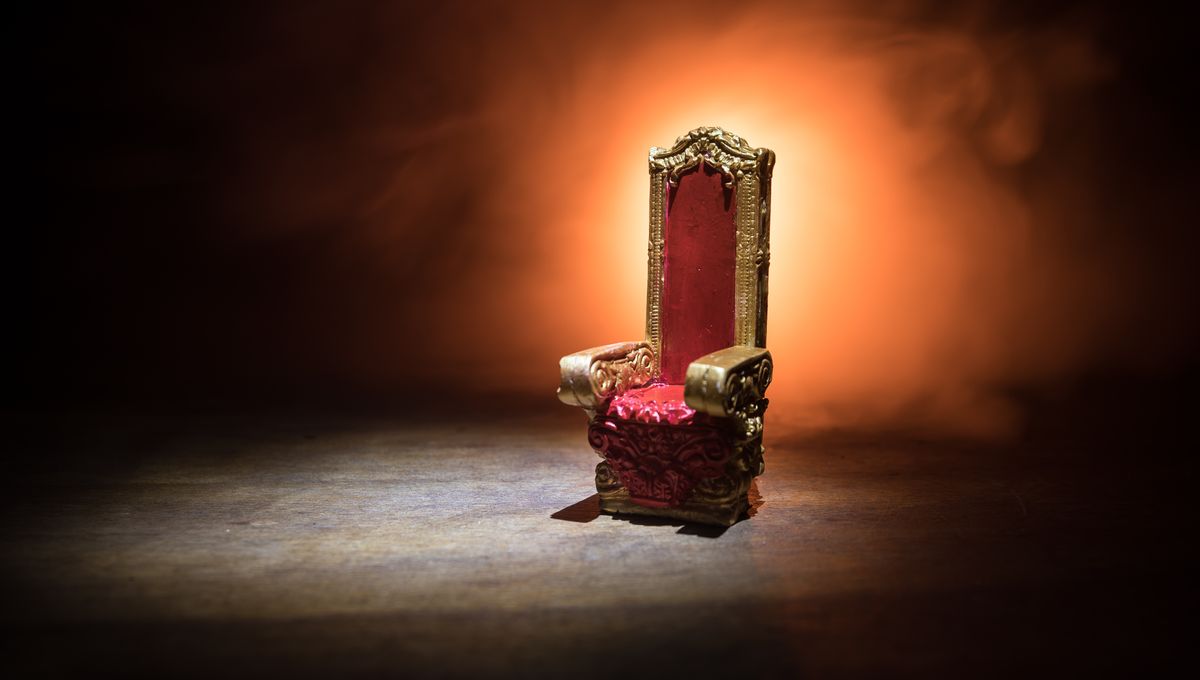
When Queen Elizabeth II died in September 2022, her 70 years on the throne fell slightly short of the record for a sovereign state monarch. That accolade belongs to Louis XIV of France, who ruled for 72 years until his death in 1715 – although even his reign was but a flash in the pan compared to the longest-serving king of all time.
To find a more durable ruler than old Louis, you have to go way back to Ancient Egypt, and the year 2281 BCE. It was then that a six-year-old boy named Neferkare – also known as Pepi II – became Pharaoh, before going on to endure a disastrous reign as the Old Kingdom collapsed, leading to a period of political instability in the mighty empire.
Despite his somewhat forgettable Pharaoh-ship, Pepi II did at least record one major achievement by becoming the longest-reigning monarch in history – although even this is contested. Most of what we know about him comes from the ancient historian Manetho, who wrote that Neferkare ruled for 94 years before dying at the age of 100.
However, because Manetho lived around 2,000 years after Pepi II, there’s every reason to suspect that his account may not be entirely accurate. Having said that, the data is supported by the so-called Papyrus of Kings, which lists all the pharaohs up until around 1650 BCE and states that Pepi held the throne for over 90 years.
Beginning with the mythological rulers such as Geb and Osiris, the papyrus forms the basis of our understanding of Ancient Egyptian chronology. The major problem with the ancient document, however, is that it was written during the reign of Ramesses II in the 13th century BCE – more than a millennium after Pepi’s death.
Weirdly, the list of kings also appears to be written on the back of an old tax register, suggesting that the papyrus was probably recycled once its initial function had been served.
For these reasons, several historians are understandably skeptical about the length of this calamitous Pharaoh’s tenure. After all, living to the ripe old age of 100 was pretty unusual in those days, and there are no inscriptions mentioning Pepi II after his 31st “count”, which would have taken place in the 62nd or 63rd year of his reign. Because of this, some scholars insist that Neferkare never even reached the milestones celebrated by Elizabeth II or Louis XIV.
Despite these doubts, however, Pepi II is still listed by Guinness World Records as the longest-serving monarch in history. So at least that’s something for him to be proud of.
Source Link: The Longest-Reigning Monarch In History Is Someone You’ve Never Heard Of